According to a group of ornithologists led by Dr Christopher James Clark of the University of California, Riverside, the two subspecies of a hummingbird known as the Bahama Woodstar actually represent distinct species.
The Bahama Woodstar (Calliphlox evelynae) is a member of the North American branch of the bee hummingbird group Mellisugini.
This bird is endemic to the islands of the Bahamas and the Turks and Caicos, and comprises two subspecies: C. e. evelynae and C. e. lyrura.
The former is found throughout the Bahamas and in the Turks and Caicos Islands, except on Great and Little Inagua, while the latter – named for its unique, lyre-shaped outer tail feathers – occurs only on the islands of Great and Little Inagua.
“The two subspecies were originally described as separate species, partly on the basis of small differences in the tail feathers between them, but were then classified in 1945 as subspecies of the Bahama Woodstar,” said Dr Clark, who is the senior author of a paper published in the journal Auk.
“It’s time now to call these two distinct species of hummingbirds.”
Both C. e. evelynae and C. e. lyrura produce mechanical sounds with their tails during courtship displays.
Dr Clark and his colleagues from the Cornell Laboratory of Ornithology and the Yale University’s Peabody Museum of Natural History recorded the pops and whistles produced when air runs along male tail feathers during mating display dives.
They also collected field recordings of scolding calls and songs of the two subspecies, and compared their beak and wing lengths. Using tissue samples, they investigated the degree to which populations of evelynae and lyrura diverged in genetics.
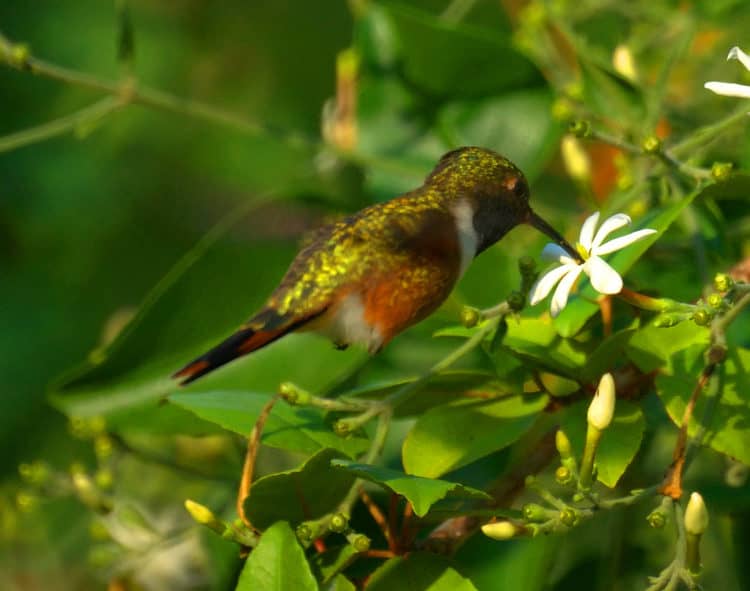
They found that the tail of the adult male C. e. lyrura is more strongly forked than that of C. e. evelynae, and the sounds produced by lyrura tail feathers were significantly higher pitched than those of evelynae, as a result of different feather shapes.
“Scolding calls qualitatively differed between C. e. evelynae and C. e. lyrura,” the scientists said.
“Male lyrura have a distinctly different song than male evelynae.”
“Male evelynae produced rambling songs while songs of the male lyrura sounded like wet squeaky shoes.”
They said that populations of evelynae and lyrura diverged genetically sometime between 400,000 years ago and 1 million years ago.
Dr Clark added: “our findings suggest that C. e. lyrura is best considered a full species.”
“C. e. evelynae should keep Bahama Woodstar as its familiar name.C. e. lyrura could use Inaguan Lyretail as its familiar name,” he said.
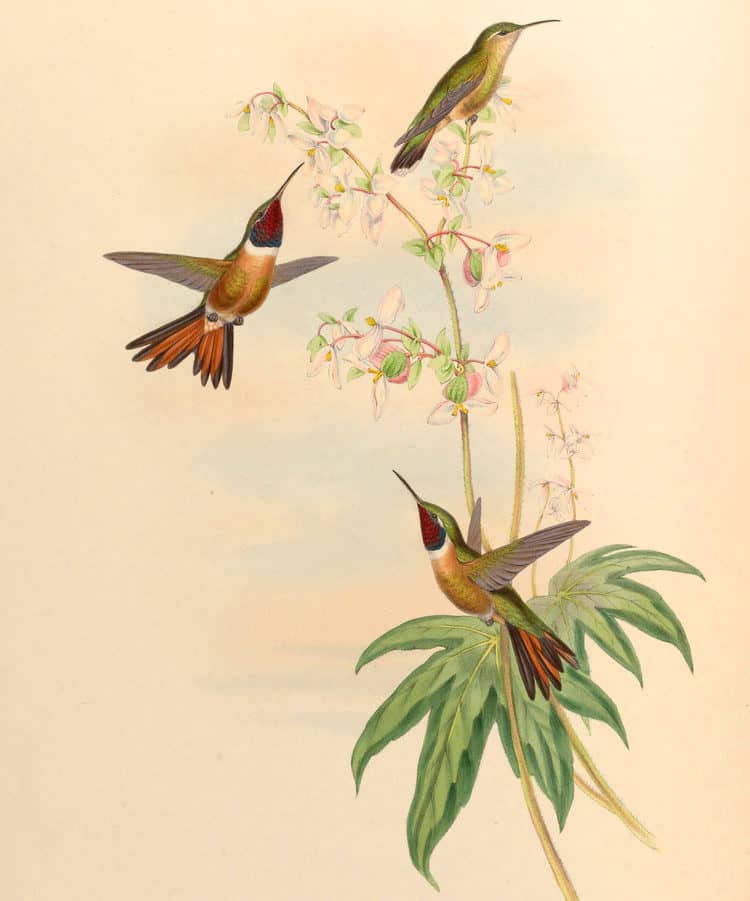
_____
Teresa J. Feo et al. 2015. Divergence in morphology, calls, song, mechanical sounds, and genetics supports species status for the Inaguan hummingbird (Trochilidae: Calliphlox “evelynae” lyrura). The Auk 132 : 248-264; doi: 10.1642/AUK-14-108.1
This article was first published by Sci-News.com on 18 Feb 2015. Lead Image: Calliphlox evelynae lyrura.
What you can do
Support ‘Fighting for Wildlife’ by donating as little as $1 – It only takes a minute. Thank you.
Fighting for Wildlife supports approved wildlife conservation organizations, which spend at least 80 percent of the money they raise on actual fieldwork, rather than administration and fundraising. When making a donation you can designate for which type of initiative it should be used – wildlife, oceans, forests or climate.

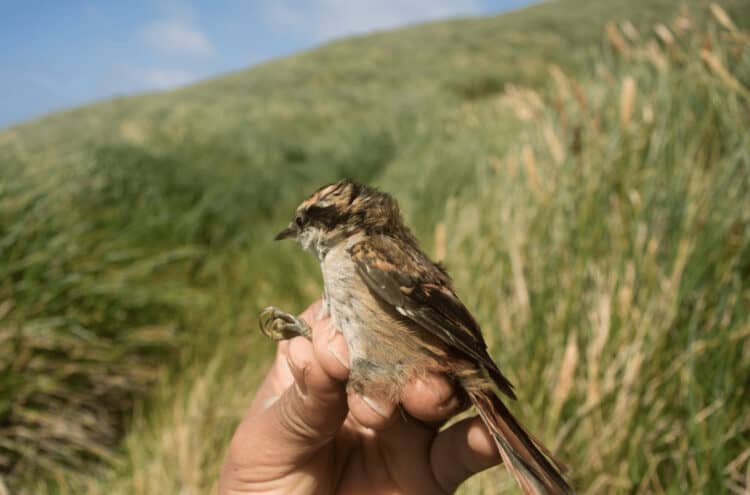
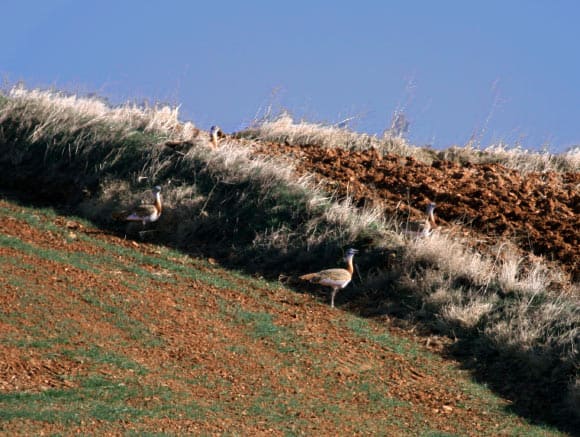
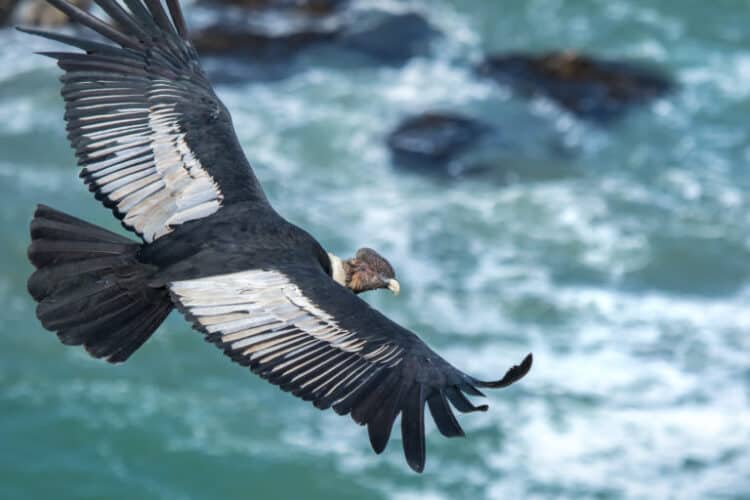

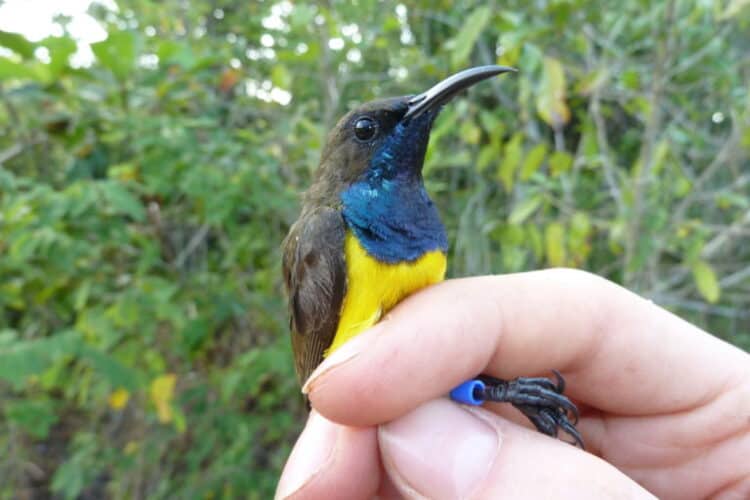

Leave a Reply